Realizing Children’s Rights in Ghana
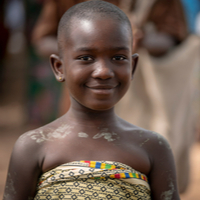
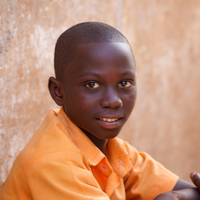
Despite the legal bases to protect children’s rights and the progress made regarding infant mortality and education, significant obstacles still stand in the way of the accomplishment of children’s rights. The hardships and difficulties faced by children in Ghana include slavery and forced labour, poverty, physical and moral violence, sexual abuse, poor quality education as well as certain ancestral rites.

Children’s Rights Index : 6,42 / 10
Red level : Difficult situation
Population: 29.8 million
Pop. ages 0-14: 37.6 %
Life expectancy: 63.8 years
Under-5 mortality rate: 47.9 ‰
Ghana at a Glance
Ghana, called Gold Coast during colonial times [1], is located in West Africa on the Atlantic coast, between the Ivory Coast and Togo. The Gold Coast was occupied over centuries by several colonial powers (Portugal, the Netherlands, Denmark, Sweden) before the British Empire took control of the region in the 19th century. This region attracted those looking for gold, which could be found in its soil, as the name given to this part of the coast of Guinea suggests, but also for the slaves sent to the colonies of the New World.
However, the Gold Coast was the first British colony to gain independence in 1957 [2; 3]. Then, the new state took the name of Ghana and its first president was Kwame Nkrumah. Despite the many coups and seizures that rocked the country early on in its history, Ghana has succeeded in building democratic stability [3]. The country’s GDP has greatly increased since 2000 [4], Ghana being especially known for being the second largest producer of cocoa in the world after the Ivory Coast [5]. In addition, life expectancy has increased consistently since the 1960s and primary school enrolment has increased extremely over the past fifteen years [4].
However, despite the many advances that Ghana has shown – the country is often cited as an example by other African countries – the challenges, especially regarding the rights of the child, remain daunting.
Status of Children’s Rights [1]
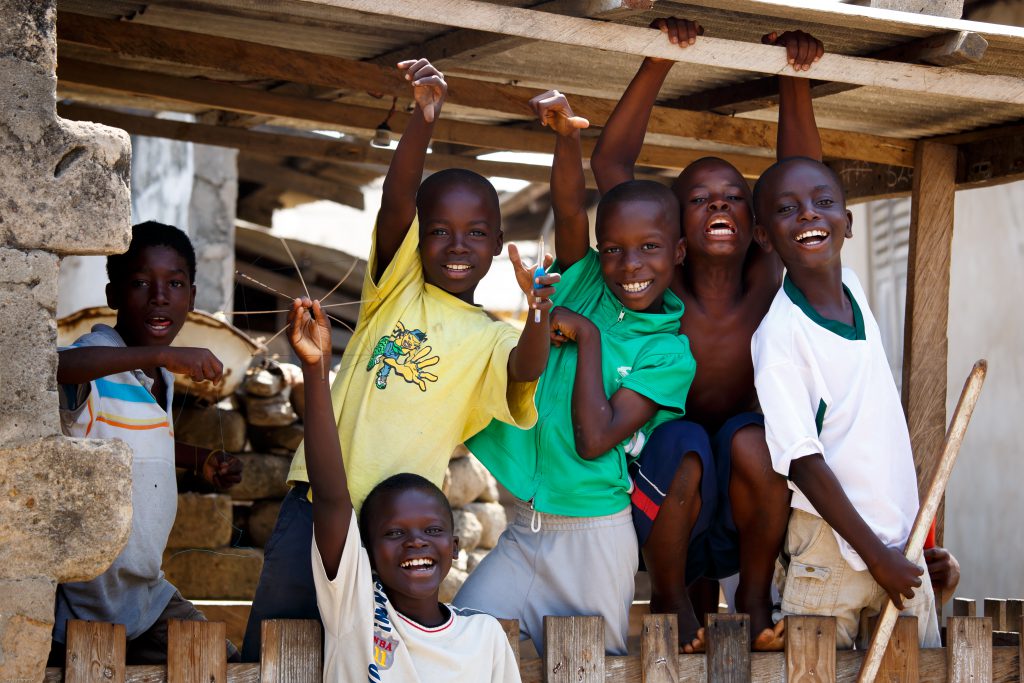
More than thirty years ago, following the adoption of the International Convention on the Rights of the Child by the United Nations on 5 February, 1990, Ghana was the first country in the world to ratify the treaty, thus committing to integrate it into national law [6]. The African Charter on the Rights and Welfare of the Child, inspired by the Convention, was adopted by several African countries, including Ghana, in the 1990s and came with force in 1999 [6]. More specifically, the rights of the child are defined in the Ghanaian Constitution of 1992 and were reinforced by the Children’s Act of 1998, thus providing a legal basis for working for the respect of children’s rights in Ghana [7].
While children were once considered to have special rights, the idea that children in fact have the same basic rights as any human being, including adults, has gradually taken a place, including in Ghana under the Convention on the Rights of the Child [7]. According to the Convention, as well as the Children’s Act, children’s rights must be applied without any discrimination [7; 8]. Ghana considers a person to be a child until the age of 18 [8]. The minimum age for work is 15 years old [8]. Light work is, however, permitted from the age of 13 [8]. By this we mean work that does not endanger the health and development of the child. In addition, forced child marriage is prohibited and the official minimum age for marriage is 18 years old [8].
So, on paper, the Constitution gives Ghanaian children the rights that every child should have, but the reality is still too far away from legal guidelines.
Addressing the Needs of Children
Right to food
In Ghana, one in five children under the age of five are stunted in growth, while one in ten is underweight for their age [9]. Two in three babies are also at risk of being physically and neurologically underdeveloped as a result of undernourishment [9]. The aftermath of malnutrition in young children can have devastating consequences on their development and their lives: learning difficulties, weakened immune systems, increased risk of infections [9]. The large decrease in the number of breastfed children and low dietary diversity are the main factors of malnutrition in young children [9].
Right to health
The reduction in the mortality rate of children under five is very slow in the country due to lack of care, especially during the first 28 days of newborns [10]. Neonatal mortality is due to premature births, infections and complications during and before childbirth [10]. Despite the availability of prenatal care and the presence of skilled midwives in health facilities during childbirth, new-born and maternal deaths remain high. [10] In addition, with almost half of girls affected, anaemia is a real public health problem [10]. Anaemia is one of the causes of maternal mortality, low birth weight and premature births [10].
Despite the efforts and progress made to increase vaccination and ensure children’s immunity to the most common diseases, many children are not vaccinated and are affected by these diseases from a young age [10]. This mainly affects children in densely populated urban areas, such as the centre of large cities or in areas of the country that remain difficult to access [10].
Right to education
In Ghana, 87% of boys and 86% of girls are enrolled in school, and 94% of them complete primary school [11]. In contrast, only 58% of boys and 57% of girls attend secondary school [11]. Those who pursue their studies beyond high school are rare. What is striking is to see the great parity of access to education, the percentages of boys and girls going to school being almost identical.
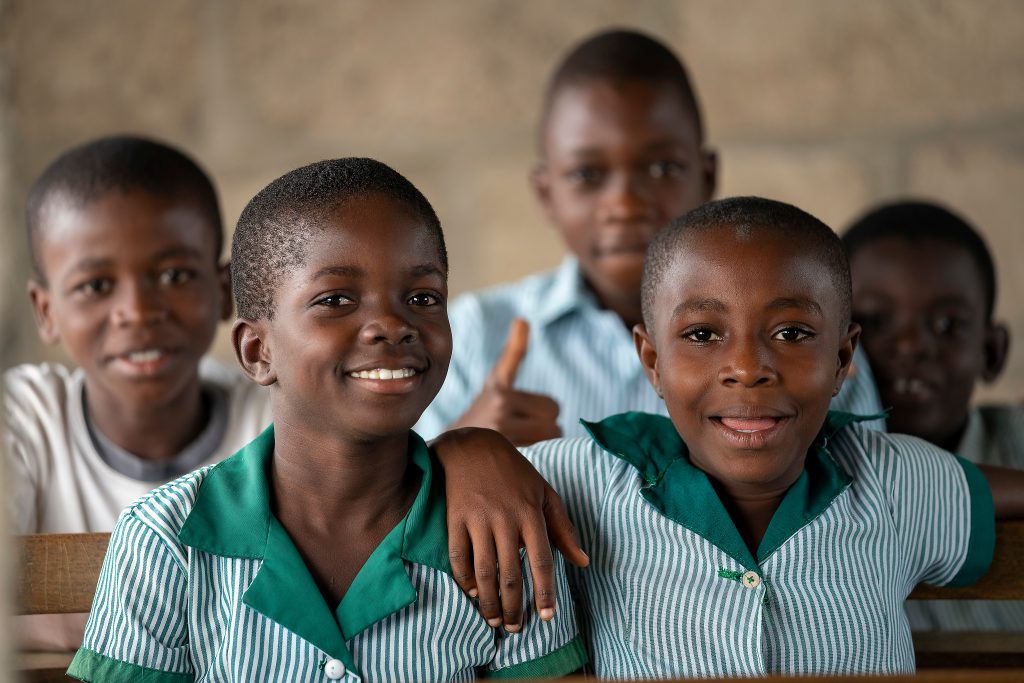
Despite these rather positive statistics, teaching and learning conditions are still far from ideal for the education of children. Classes are overcrowded, course materials are lacking and there are not enough competent teachers [12]. As for infrastructure, sanitary facilities are too often inadequate [12]. In addition, although parity is respected regarding completion of primary school, girls have greater difficulty completing secondary school, generally because of poverty and gender inequalities [12].
However, the literacy rate for women (84%) is higher than that of men (74%) [11]. When children have disabilities, their inclusion in the school system is still too low [12].
Risk factors -> Country-specific challenges
Labour and bondage
About 25% of Ghanaian children work [13]. Almost 80% of them work in agriculture; around 18% work in services and the rest in industry [13]. In cities, child labour generally involves working as street vendors, carrying parcels, shining shoes, helping people with disabilities, or working in restaurants [7]. In rural areas, the work involves overseeing cattle, cereal cultivation, and fishing or stone transport [7]. Child labour also includes less visible activities such as prostitution, drug trafficking or theft [7].
A major scourge in Ghana is human trafficking, which mainly affects children, specifically girls aged 7 to 16 and boys aged 10 to 17 [7]. The purpose of this trafficking is to reduce children to slavery and forced labour. Boys are generally employed in the country’s illegal mines, cocoa plantations or as fishermen [7], especially on Lake Volta [14]. Another form of servitude is child domestic labour. This mainly affects girls [7]. What used to happen in the family circle and which was seen as the training of young girls in their life as future wives and housewives has since become a commercial affair [7]. It is one of the best known forms of child labour [7].
Street children
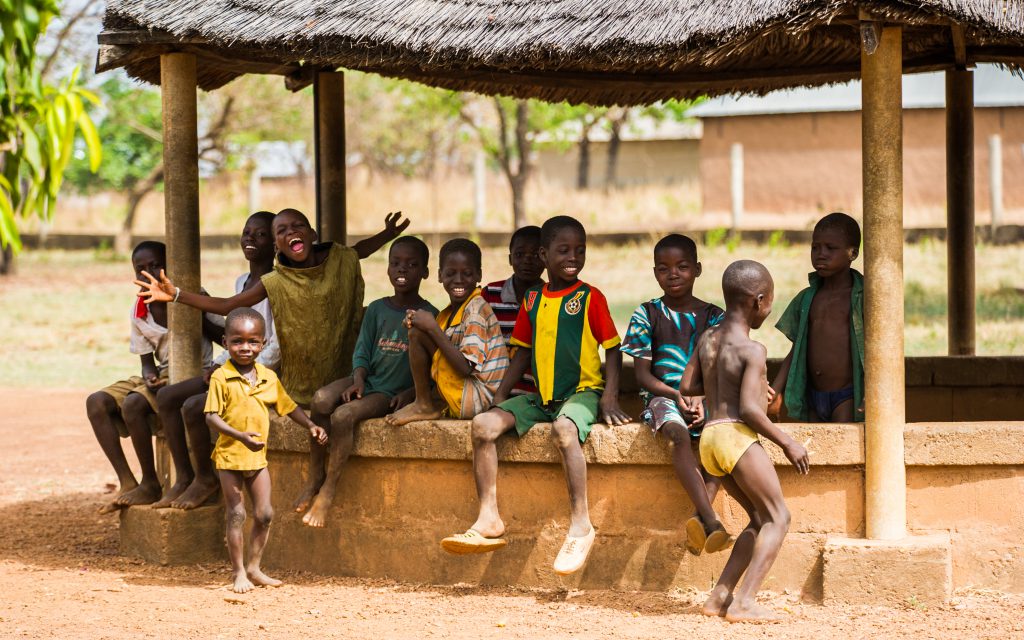
Children living on the streets are frequent in Ghana. According to a survey led in 2001 by the Ghana Statistical Service, about 80% of these children are between 5 and 14 years old [7]. As young as they are, street children must find work to meet their needs. The difficult living conditions on the streets and their lack of professional skills push many children into prostitution in order to survive [7]. Their precarious situation makes them particularly vulnerable to exploitation and trafficking [7].
Unsurprisingly, most of these children left school prematurely, which is seen in an illiteracy rate of around 70% [7]. Accra, the country’s capital with over 5 million people, is the Ghanaian city with the most street children [7; 15]. The underlying causes, which push those children into such precariousness, are in particular rural flight, poverty in the family environment, difficult economic conditions, which particularly affect the neighbourhoods and regions from which these children come [7].
Violence and abuse
As a 2013 UNICEF report shows, verbal, emotional and physical abuse in many forms are part of everyday life for many children in Ghana. In this 2013 study, more than 57% of the children questioned, aged 14 to 17 said they were hit at home, either regularly or very often [16]. At the same time, 34% testified to violence endured at school by teachers [16]. The use of violence to educate and reprimand children is part of the country’s social norms [16]. Furthermore, this social phenomenon is institutionally reinforced by laws, allowing the use of “reasonable” physical sanctions on children by parents [16].
Sexual abuse of children is still common. A 2015 study showed that the prevalence of children who had been sexually abused was around 27% for girls and 11% for boys [17]. Unsurprisingly, girls are more likely to be sexually abused than boys. Abused children sometimes have great difficulty in disclosing this abuse to those around them, for several reasons [17]. Among them: believing they can handle it on their own, the conviction that they wanted this sexual act, perceiving the abuse as normal, the fear of being stigmatized or the feeling of betraying a friend by revealing the abuse they suffered [17].
In the north of Ghana, as in parts of other West African countries, ancient traditions and rituals have given rise to ritual killings of children [18]. Most of these children suffer from a disability, and the reason for their ritual killing often stems from the belief that they are possessed by an evil spirit which brings bad luck to those around them [18]. Poverty, ignorance and the marginalization of some communities are the underlying causes [18]. Unfortunately, these murders go unrecorded and no one knows how many children die each year by these obscure practices.
Written by Alexis Baron
Translated by Sarah Essadi
Proofread by Alexandria Harris
Last updated on 10 August 2020
References:
[1] Wikipedia. (2020, Mai 30). Côte-de-l’Or (colonie britannique). Récupéré sur Wikipedia.
[2] SAHO. (2020, March 13). Ghana. Récupéré sur South African History Online.
[3] Encyclopaedia Britannica. (s.d.). Ghana. Récupéré sur Encyclopaedia Britannica.
[4] La Banque Mondiale. (s.d.). Ghana. Récupéré sur La Banque Mondiale.
[5] WorldAtlas. (2018, September 28). Top 10 Cocoa Producing Countries. Récupéré sur WorldAtlas.
[6] UNICEF. (2019). Convention on the Rights of the Child. Récupéré sur UNICEF – Ghana.
[7] Koomson, K. N. (2016). The rights of children in Ghana . Récupéré sur GRIN.
[8] The Parliament of the Republic of Ghana. (1998). The Children’s Act. Ghana.
[10] Health and Nutrition. (s.d.). Récupéré sur UNICEF – Ghana.
[11] Education Statistics – Ghana. (s.d.). Récupéré sur The World Bank.
[12] Education – Ghana. (s.d.). Récupéré sur UNICEF – Ghana.
[13] The US Bureau of International Labour Affairs. (2018). 2018 Findings on the worst forms of child labour – Ghana.
[15] PopulationData.net. (2020, Mars 13). PopulationData.net. Récupéré sur Ghana.
[16] Prevention of violence and abuse against children . (s.d.). Récupéré sur UNICEF – Ghana.
[18] Spirit Child: Ritual Killings in Ghana. (2018, Juin 3). Al Jazeera.
[1] This article does not in any way claim to give a full or representative account of the rights of the child in Ghana. Indeed, one of the main difficulties is due to the little updated information on children in Ghana, most of which are neither reliable nor representative, outdated or simply non-existent..

